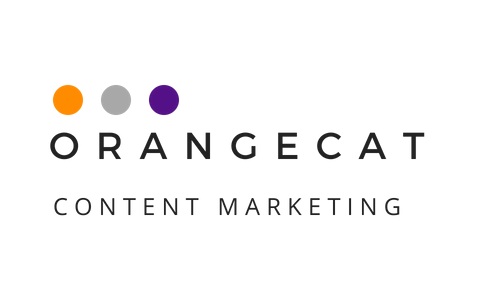Two Ways to Ensure Your Next Email Campaign is a Hit
For many individuals, businesses, and organizations, getting someone to open your email starts by building and having a relationship that is engaging to them in the first place. And for better or worse, our inboxes are a busy place. I personally have three that I monitor and scan those accounts, making quick decisions on which email gets my attention and when. Senders must get their point across efficiently to catch my attention right away.
And that is why the "From Name" in an email campaign is so important. Did you know that 42% of people look at the "From" or sender name before deciding to open the email? This is the first priority of any email campaign, and your email must break through the inbox noise.
The second priority for any email campaign is the subject line. Ensure that it not only piques your readers' interest but also gives them an indication as to what to expect in the email. How long should a subject line be?
Subject line: 4 – 7 words
Preheader text: 5 – 8 words (more about this below)
The first two words are the most important as most people are scanning and reading from left to right. Make those words work for you! But don't waste space with the following:
Your company name
The word “newsletter”
Repeating information
Subject line ideas:
Make them laugh
Use numbers
Be inquisitive
Pull at their heartstrings
Create a sense of urgency (FOMO)
Give people a reason to open your email. Activate their curiosity and demonstrate the email's relevance to them.
What is a pre-header?
No, it's not a "pregame" social event. A pre-header in the email marketing world is the text that shows up directly below or after the subject line in the inbox. It's almost like a second subject line that can be used to capture an audience's attention. Use it as an extension of your subject line.
Don't be misleading or deceptive. Build trust and credibility.
According to anti-spam laws around the world, your subject lines can't be misleading or deceptive. And if people feel mislead about opening your email, there's a chance they will mark it spam. Not good.
Don't try to imply a continuing conversation to get people to open by adding the abbreviations for "Forward" or "Reply." Also, watch out for urgency. Sometimes people make an email sound more urgent than it is.
Common triggers for spam filters are words like "free," "guarantee," and "spam," writing in all caps, and excessive punctuation within the subject line or pre-header of the email. Refer to the table below for an extensive list of words not to use.
By the way, real spammers tend to use a lot of dirty words, and that means that spam filters have evolved to have dirty minds and look for words within words or even phrases that could be misconstrued.
If you would like to read more about the CAN-SPAM Act to be sure your marketing emails are compliant, I recommend going to the Federal Trade Commission's website.
Check back next month to learn about the secret to compelling email body copy to get your audience engaged. Also, if you need a professional, we can help. Lynn is Constant Contact Certified as well as proficient in other email service provider platforms.

